
cd_nom
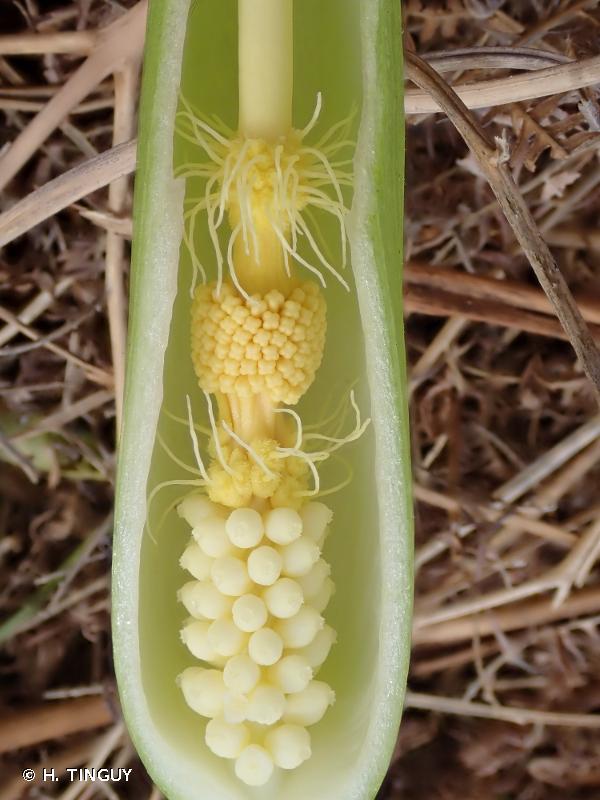
| Author : H. TINGUY |
 |
To get the picture, please visit:
Hugues Tinguy
email : inpn@mnhn.fr
Despite the Creative Commons license, please inform the author of the use which will be made of his photo
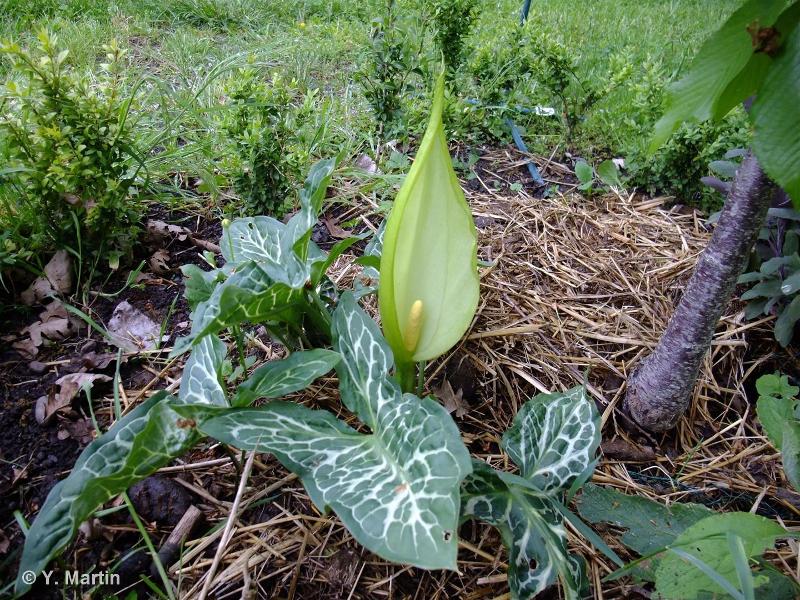
 |
To get the picture, please visit:
Yoan MARTIN
email : martin.yoan95@gmail.com
Despite the Creative Commons license, please inform the author of the use which will be made of his photo
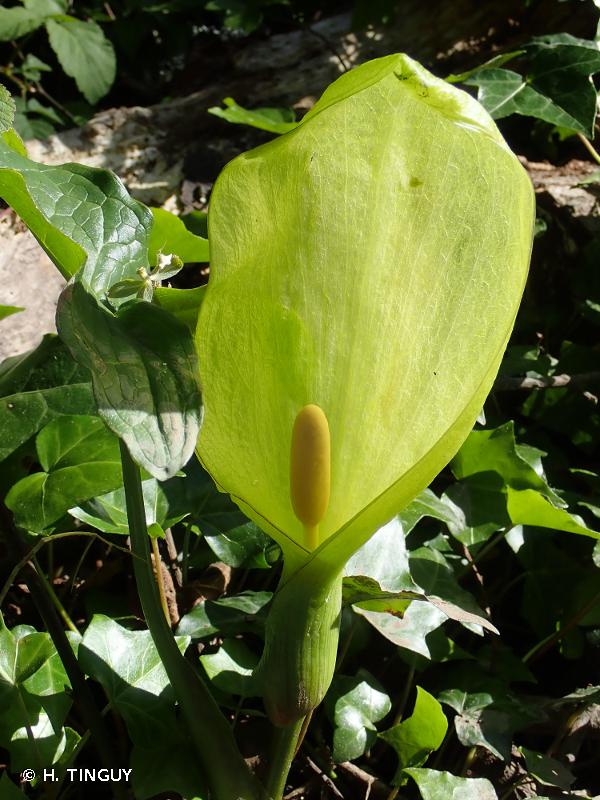
| Author : H. TINGUY |
 |
To get the picture, please visit:
Hugues Tinguy
email : inpn@mnhn.fr
Despite the Creative Commons license, please inform the author of the use which will be made of his photo

| Author : O. Roquinarc'h |
 |
To get the picture, please visit:
Océane ROQUINARC'H,
Muséum national d'Histoire naturelle,
Service du Patrimoine Naturel,
4 Avenue du Petit Château,
91800 BRUNOY
mail : oroquinarch@mnhn.fr
Despite the Creative Commons license, please inform the author of the use which will be made of his photo
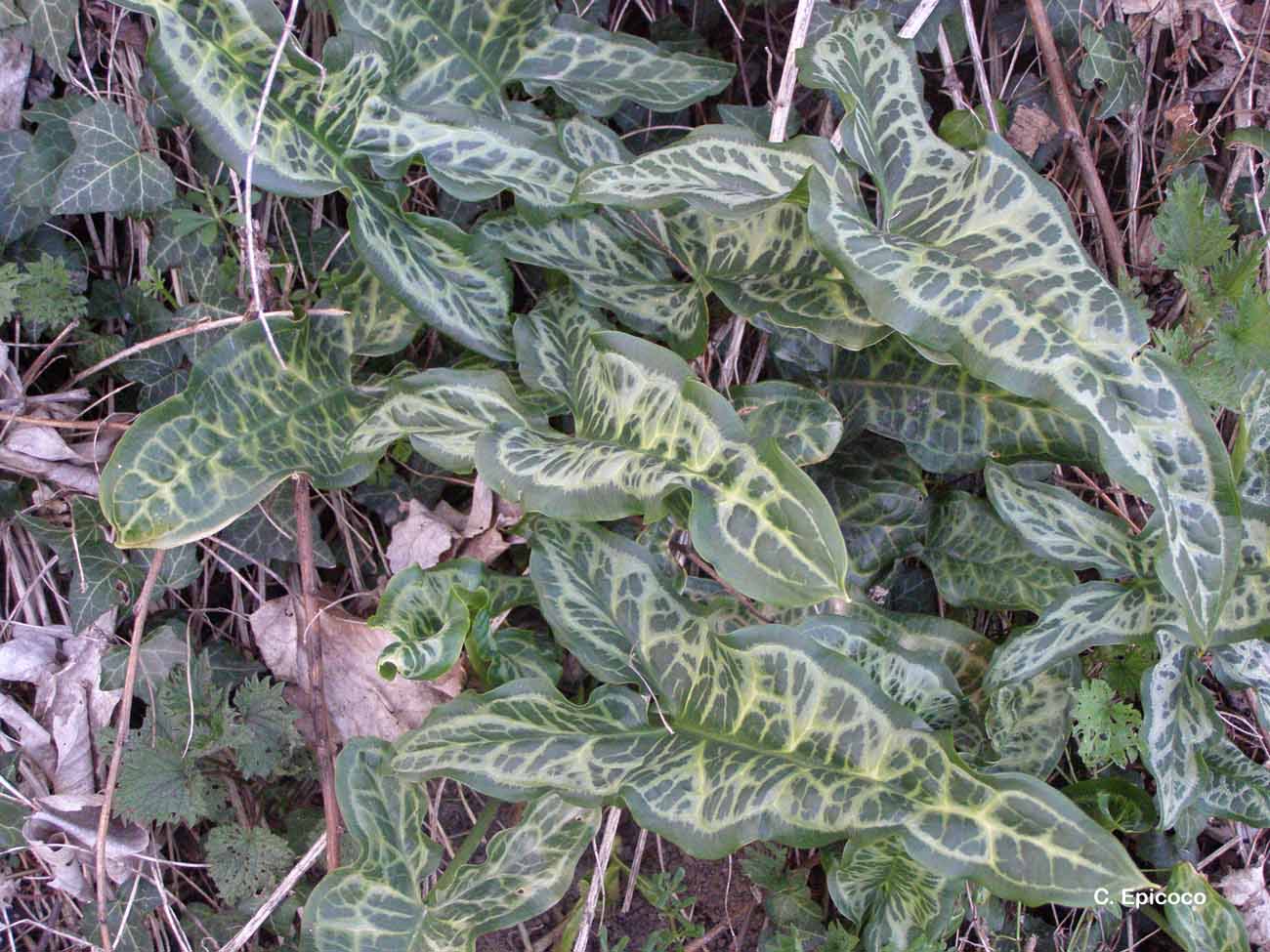
| Author : C. Epicoco |
 |
To get the picture, please visit:
Cyril EPICOCO
Muséum national d'Histoire naturelle - Service du Patrimoine Naturel
36 rue Geoffroy Saint-Hilaire
CP 41
75 231 PARIS CEDEX 05
e-mail : inpn@mnhn.fr
Legend: Charmentray - 23/03/2012
Any reuse of one or more photographs on this site is subject to an authorization request from the author.
Link to the Code of Intellectual Property (Legifrance)
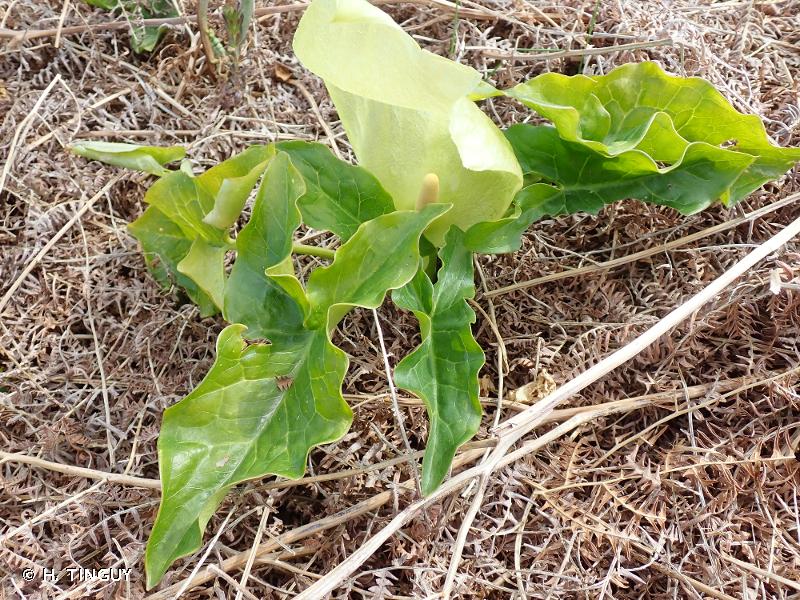
| Author : H. TINGUY |
 |
To get the picture, please visit:
Hugues Tinguy
email : inpn@mnhn.fr
Despite the Creative Commons license, please inform the author of the use which will be made of his photo
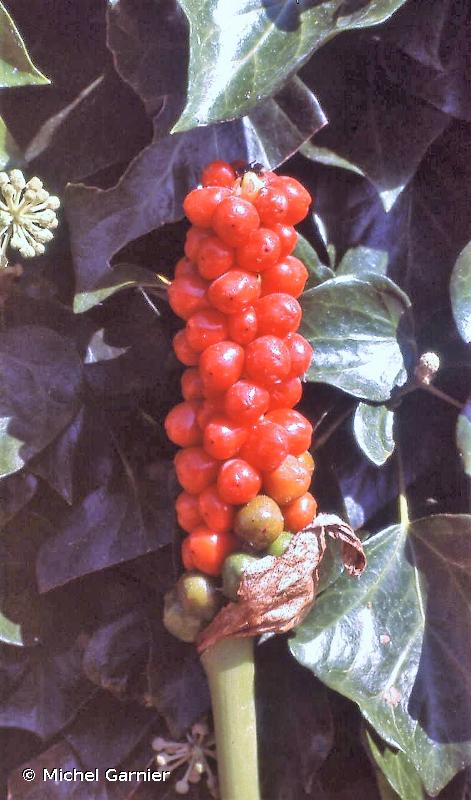
| Author : Michel Garnier |
 |
To get the picture, please visit:
Michel Garnier
email : inpn@mnhn.fr
Despite the Creative Commons license, please inform the author of the use which will be made of his photo
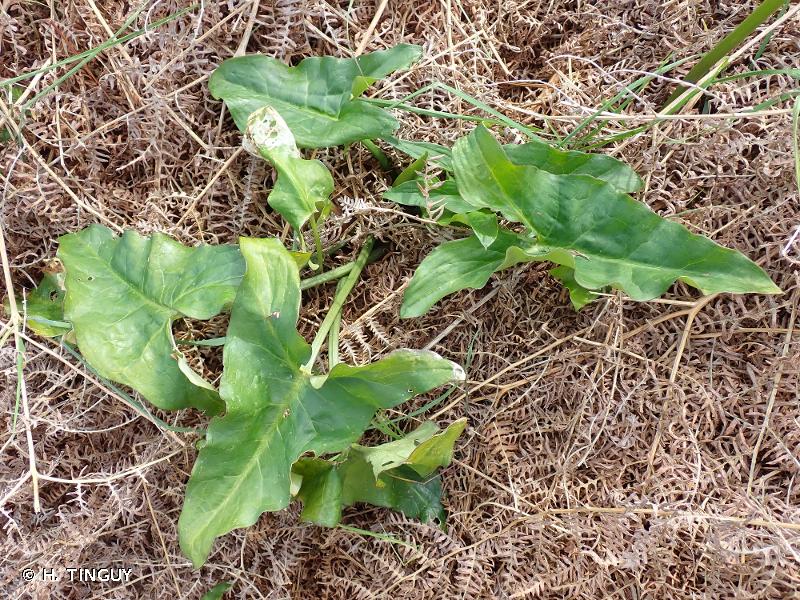
| Author : H. TINGUY |
 |
To get the picture, please visit:
Hugues Tinguy
email : inpn@mnhn.fr
Despite the Creative Commons license, please inform the author of the use which will be made of his photo
L'Arum d'Italie (Arum italicum Mill.) est une espèce de la famille des Araceae, plutôt méridionale, globalement bien répartie dans toutes les régions de France métropolitaine, bien que rare à totalement absente dans les zones d'altitude (départements des Hautes-Alpes et de la Savoie, par exemple, ainsi qu'en Alsace).
Il s'agit d'une plante vivace, à floraison printanière précoce (fin mars), dont l'appareil racinaire est formé d'un gros tubercule. Les feuilles sont simples, largement en forme de fer de flèche, à nervation pennée et maculées de bandes couleur ivoire, ce qui est caractéristique de cette espèce, qui peut facilement se confondre avec l'Arum tacheté (Arum maculatum L.) qui, lui, présente des feuilles à taches noirâtres.
Les fleurs sont toujours unisexuées (il y a donc des fleurs mâles et des fleurs femelles au sein de chaque individu) et ne possèdent ni sépale ni pétale. Les fleurs sont disposées tout autour d'un axe central appelé spadice, lui-même entouré d'une large pièce bractéale couleur blanche, appelée spathe. La base du spadice porte des fleurs femelles fertiles réunies de façon compacte, puis, au-dessus, se situent des fleurs femelles stériles réduites à des poils. Plus haut, on observe des fleurs mâles fertiles, surmontées d'un dernier étage composé de fleurs mâles stériles réduites à des poils. Le tout se termine par une excroissance en forme de massue qui, en se décomposant lentement, dégage une odeur peu agréable, dans le but d'attirer des insectes volants pollinisateurs, le plus souvent des Diptères coprophages. Les fruits sont des baies, de couleur rouge et charnues à maturité : ils sont très toxiques et peuvent provoquer des empoisonnements sévères en cas d'ingestion.
Référence bibliographique principale : COSTE H. – 1900-1906. Flore descriptive et illustrée de la France, de la Corse et des contrées limitrophes. Tome III. Paul-Klincksieck, Paris. Réédition en 1998 par la Librairie scientifique et technique Albert Blanchard, Paris : 807 pp.
Olivier Escuder(UMS 2006 Patrimoine Naturel (AFB / CNRS / MNHN)),2014
Continental
Metropolitan France
Overseas
Marine
Metropolitan France
Overseas
The map presents a summary at the 10 x 10 km grid of the observation data for the species transmitted to the SINP. These data have been subjected to validation filters.
The map presents a reference distribution layer of the species at the scale of departments and marine sectors. The presence and absence data were established by expertise within a network of partners. This reference distribution is used in the validation process of the SINP data at the INPN level.
Corresponds to a report on the basis of at least one observation proved within a period of 10 years (20 years for little-known invertebrates) preceding the year and no presumption of extinction since obtaining the last data nor doubt on reproductive and implemented nature of this population. For migratory species, the presence indicated concerns areas of reproduction.
This status is based on one or more of the following criteria:
This point covers the absence, more difficult by nature to demonstrate than presence. This status is based on one or more of the following criteria:
This status must be assigned to a department in which the presence of the species is casual.
Particular case of absence due to a proven extinction less than a half century ago (older disappearances are treated as "no probable or definite").
In the state of knowledge, we can not comment on the presence or absence in the current department. This is the default status when not comprised in one of the previous categories or whenever there is doubt.
The map shows the global distribution of the species based on GBIF data (Global Biodiversity Information Facility).
